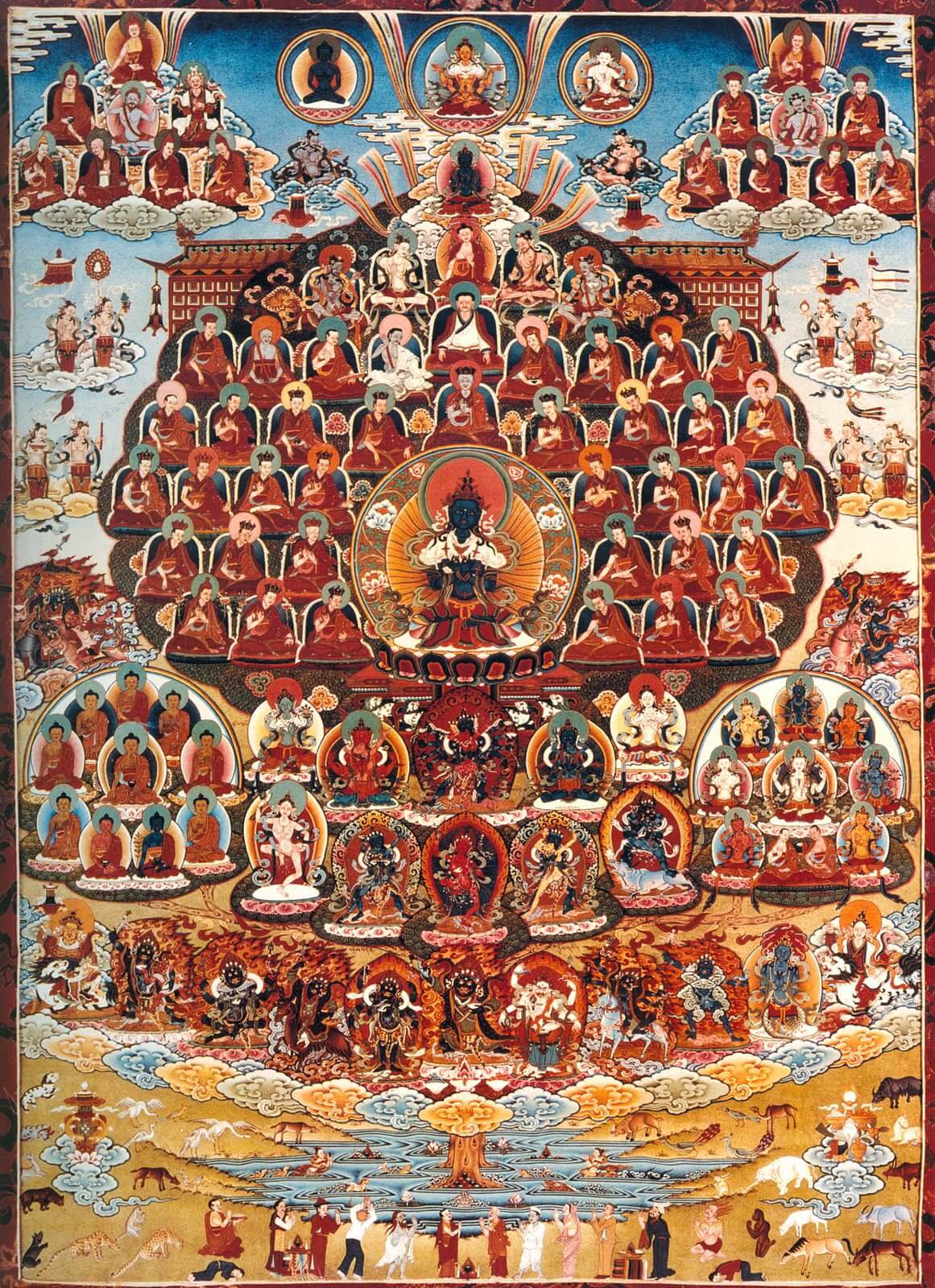
The Karma Kagyu lineage—one of the four major Tibetan Buddhist traditions—is also known as the “Golden Lineage” because teachings are transmitted directly from master to disciple. When a disciple attains a certain level of realization, they themselves become a bearer of the teachings and continue to pass them on. In this way, the tradition has been preserved unbroken for nearly a thousand years.
The source of these teachings is Vajradhara (Sanskrit), known in Tibetan as Dorje Chang. Vajradhara’s true form is not a human or physical body, but the Dharmakaya—the truth body. In visual representations, Vajradhara’s body is blue, and he holds a bell and a vajra (diamond scepter) crossed in front of his chest.
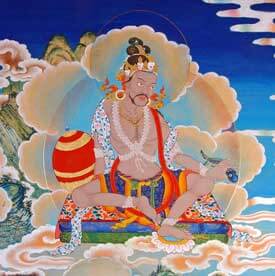
Vajradhara first transmitted his wisdom to Tilopa, the great Indian mahasiddha, who in turn received the central teaching of the Kagyu tradition, the Mahamudra, not in a physical form but directly from heart-mind to mind.
The source of these teachings is Vajradhara (Sanskrit), known in Tibetan as Dorje Chang. Vajradhara’s true nature is not a human or physical form, but the Dharmakaya, the truth body. In artistic representations, Vajradhara’s body is depicted as blue, holding a bell and a vajra (diamond scepter) crossed in front of his chest.
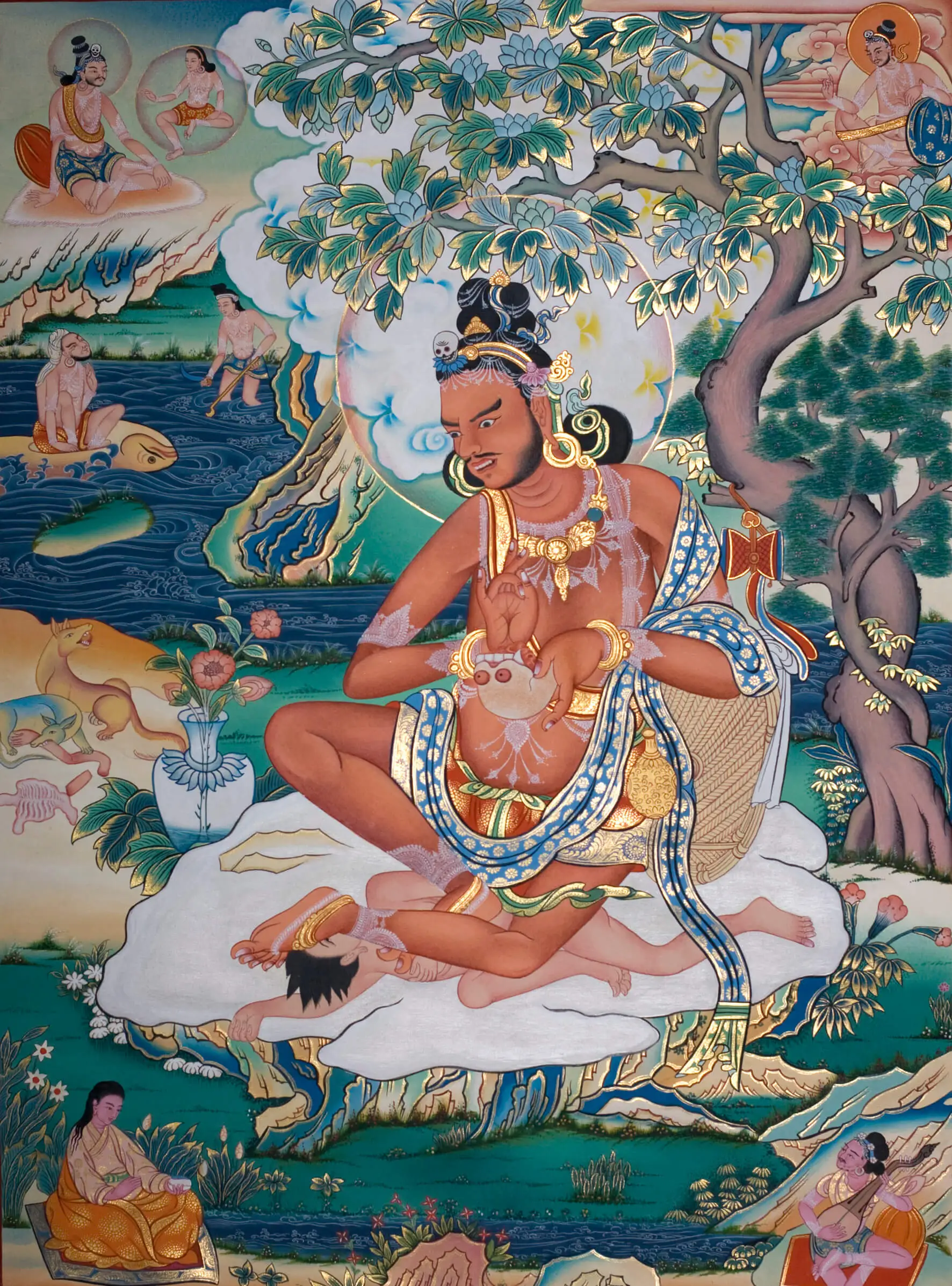
After the Indian mahasiddha Tilopa, the teachings were passed on to Naropa, who—like his master—was Indian and was known as one of the most learned professors at the great Buddhist university of Nalanda. However, he renounced worldly life and chose the path of a yogi, which led him to meet Tilopa.
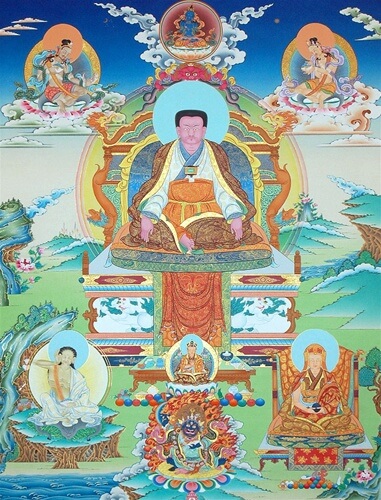
From Naropa, the teachings passed to Marpa Lotsawa, the translator, who traveled to India from Tibet on foot three times, crossing the Nepalese border each time. His purpose was to receive the highest teachings of the Kagyu lineage—the Mahamudra—and Naropa’s six yogas: Tummo (Inner Heat), Illusory Body, Dream Yoga, Bardo, Phowa (Consciousness Transference), and the teachings of Clear Light.
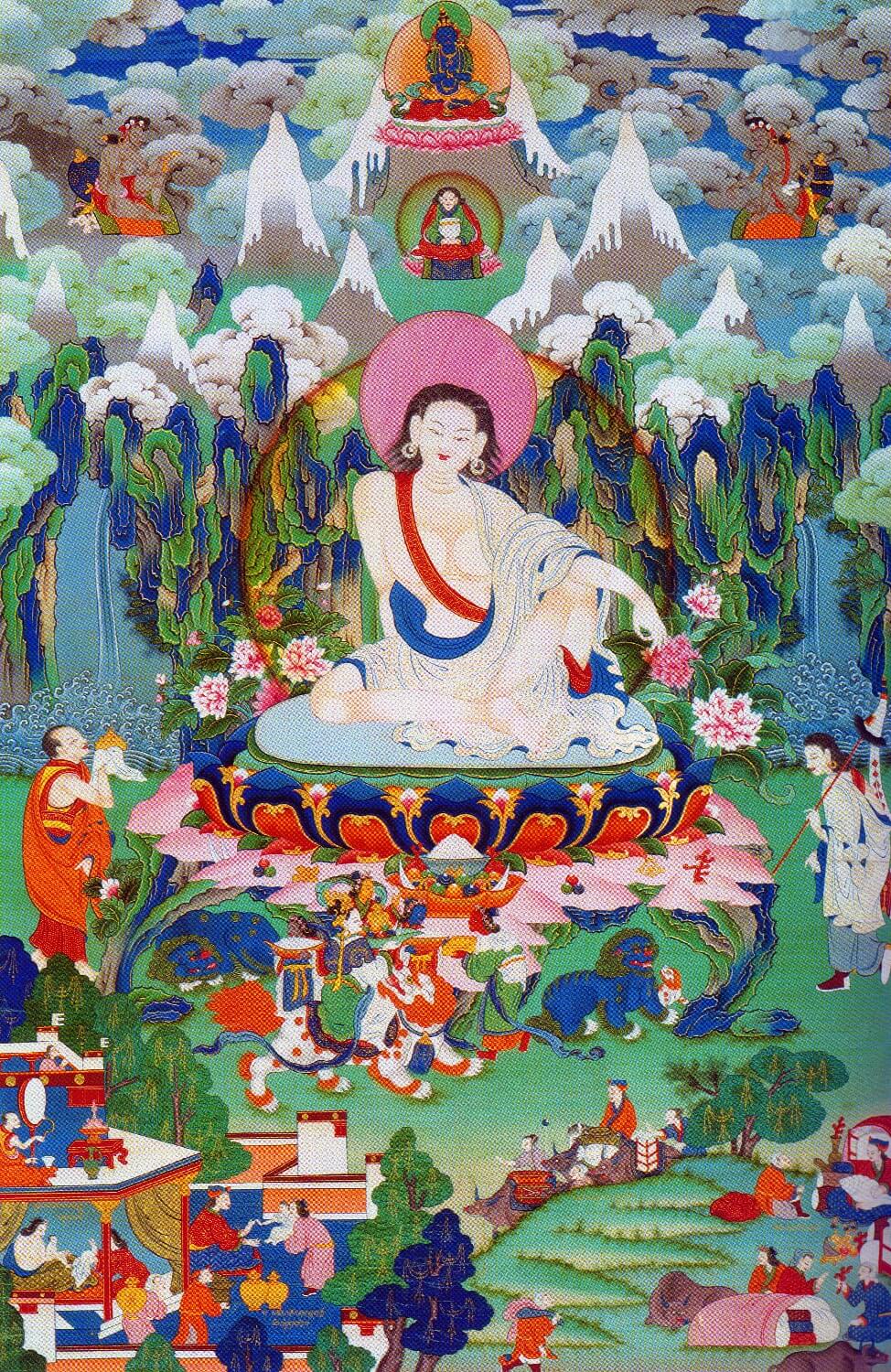
After Marpa, the lineage was carried forward by Milarepa, who is regarded as Tibet’s greatest yogi. Even Naropa, Marpa’s own teacher, had prophesied Milarepa’s future greatness, expressing his high respect for the coming disciple by sharing this prediction with Marpa. Like his master, Marpa transmitted the teachings of Mahamudra and the Six Yogas to Milarepa, who in turn passed them on to his foremost disciple, Gampopa.
Milarepa had many other students as well, including Rechungpa, and many of them attained great realization. Among his disciples were also female practitioners, five of whom achieved the rainbow body—leaving no physical trace behind upon their passing from this world.
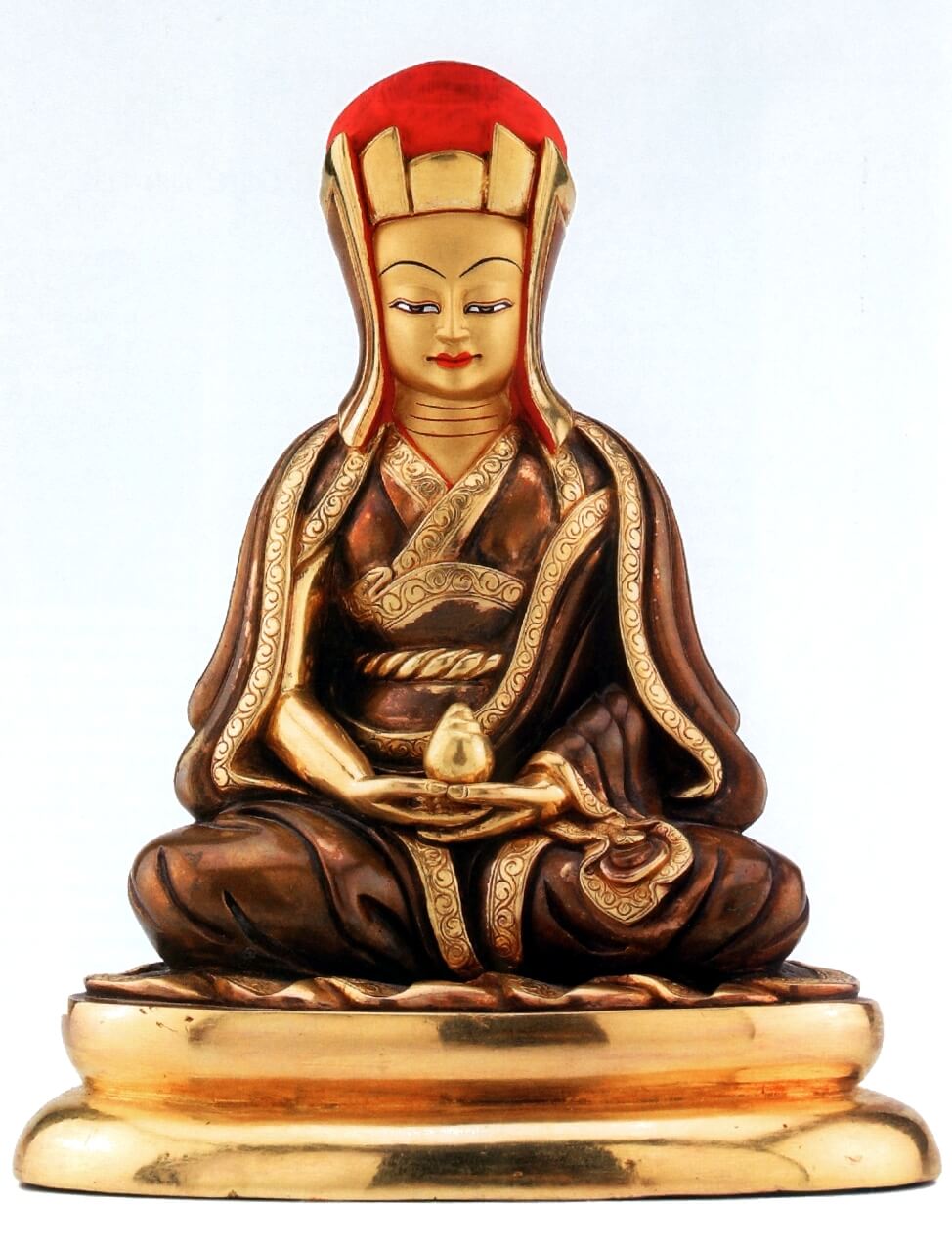
Among the masters of the lineage, Gampopa is still regarded as the principal holder of the Karma Kagyu tradition. Before becoming a monk, he lived a secular life as a physician. He initially received the Kadampa teachings (the Gradual Path), and later, as a disciple of Milarepa, he received the Mahamudra teachings and Naropa’s Six Yogas, just like his predecessors. He then passed these teachings on to his main disciple, the first Karmapa, Düsum Khyenpa.
Gampopa is also credited with founding several other Kagyu sub-lineages, such as the Drikung Kagyu and Drukpa Kagyu traditions. However, the Karma Kagyu transmission lineage as it is known today traces its origin from Gampopa’s transmission to the first Karmapa.
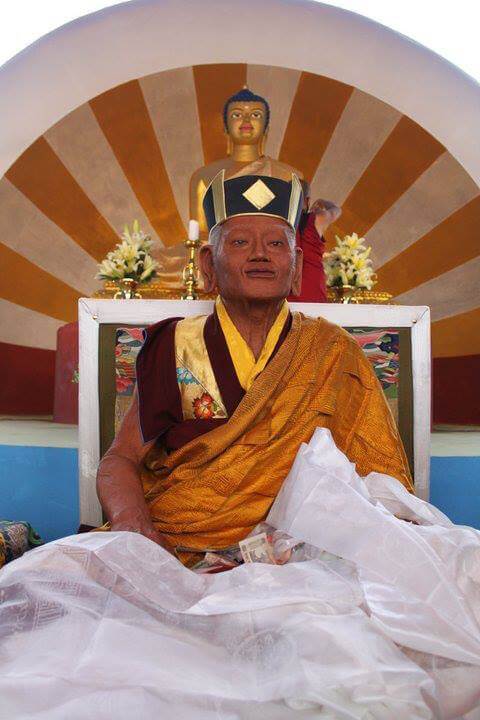
Düsum Khyenpa, the First Karmapa, continued the compassionate work of his predecessors by founding three important monasteries, among which Tsurphu Monastery became the main center of the Karma Kagyu tradition. The continuity of the lineage was maintained by Drogon Rechen, the First Karmapa’s principal disciple, through whom the teachings were passed on to the First Karmapa’s reincarnation, the Second Karmapa, Karma Pakshi. This made the Karma Kagyu lineage the first recognized reincarnation lineage in Tibet.
Karma Pakshi was highly respected not only in Tibet but also in China. As one of the greatest teachers of his time, he was invited by the Chinese emperor to his court to present Buddhist teachings. Together with a Sakya lama who was also invited during that period, their beneficial activities greatly influenced the spread of Tibetan Buddhist teachings in China. Remarkably, even the great explorer Marco Polo met Karma Pakshi in China nearly 800 years ago.
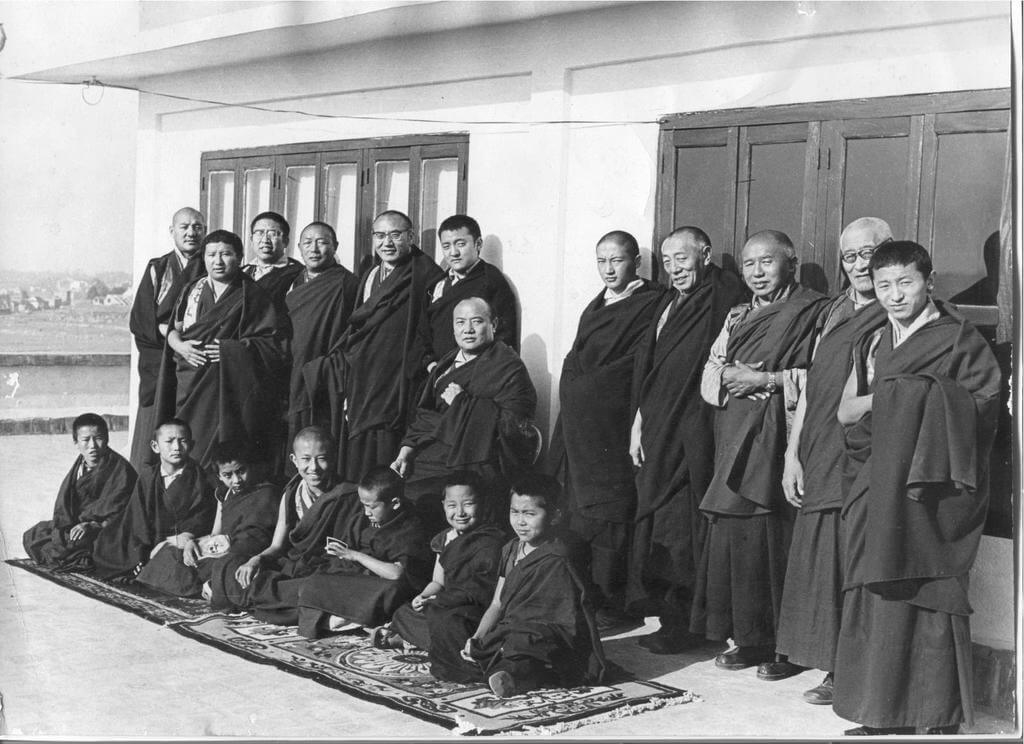
The main reincarnation lineage of the Kagyu tradition is the Karmapa, but it is also important to know about other great masters belonging to the lineage, such as the Shamarpas, Situpas, Gyaltsabpas, and Jamgon Kongtruls. Among the Shamarpas, there are six principal lineage holders, who are known as the “Red Hat” lamas due to their distinctive red hats. The Situpas also play an important role, with four masters, and there was one Gyaltsabpa within the Karma Kagyu transmission lineage.
The 15th Karmapa, Khakyab Dorje—a prominent lama of the lineage—counted among his disciples masters such as the first Beru Khyentse and the second Jamgon Kongtrul. Both the first and second Beru Khyentse, as well as the first Jamgon Kongtrul, are regarded as some of the most important lamas of the Kagyu tradition.
The current incarnation, the second Beru Khyentse, is the reincarnation of the first Beru Khyentse. This reincarnation lineage traces back to Khyentse Wangpo, the founder of the Rimé movement—a non-sectarian movement—and a holder of many transmission lineages, including the Kagyu, Nyingma, Jonang, and Sakya traditions.
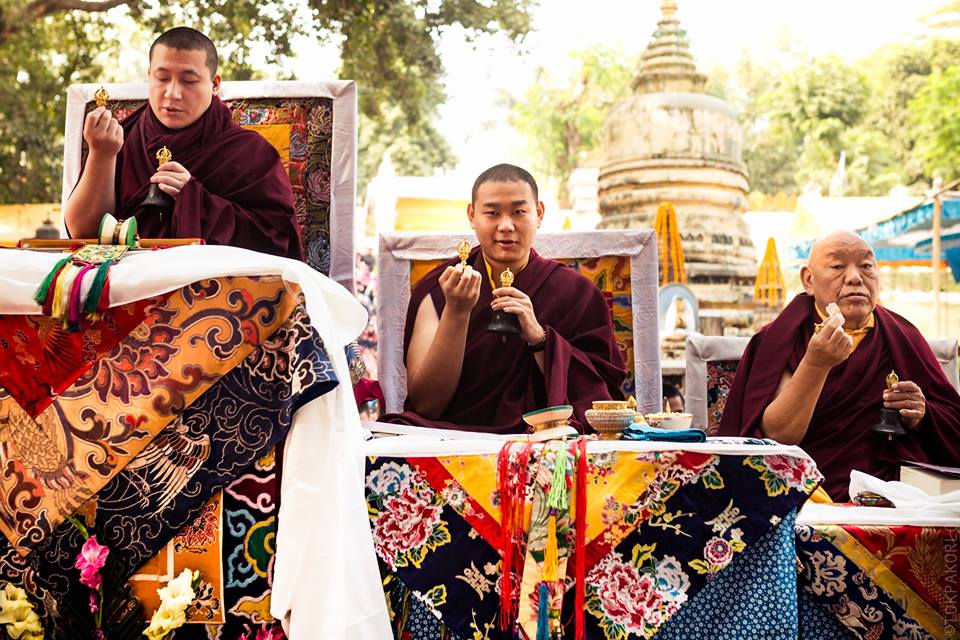
Among the disciples of the 16th Karmapa, Rangjung Rigpe Dorje, were the second Beru Khyentse and the second Jamgon Kongtrul, who, together with the Situpa, were also teachers of their own master. The 16th Karmapa recognized the next Shamarpas, Situpas, Jamgon Kongtruls, and Beru Khyentses, along with many other lamas.
This is the Karma Kagyu lineage, stretching all the way back to Tilopa and continuing through the Karmapas, with a total of 41 reincarnated masters. The teachings center around Mahamudra and Naropa’s Six Yogas, along with various Yidam practices, and today the lineage counts numerous Western disciples worldwide.
[This text is based on the 2013 oral teachings of Beru Khyentse Rinpoche, titled “The History of the Karma Kagyu Lineage.”]
We keep you informed about empowerments, teachings, and more. We also offer opportunities for discounted early-bird tickets! Don’t miss out — subscribe now!